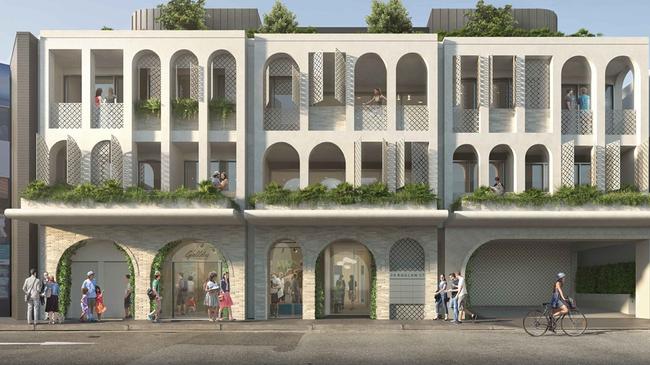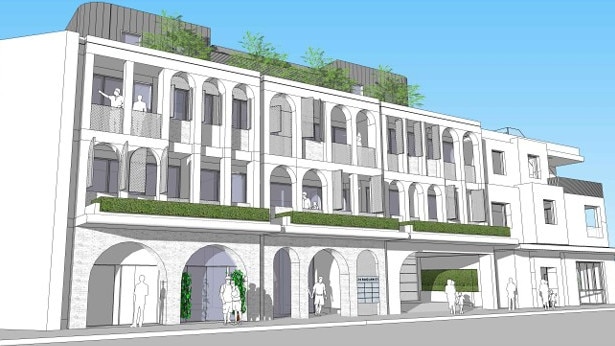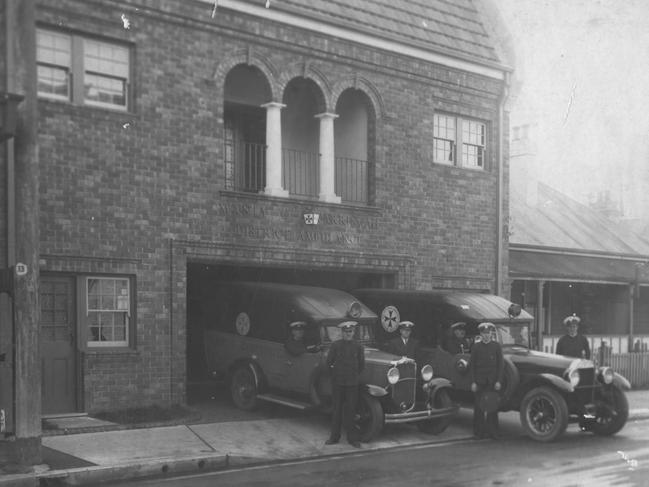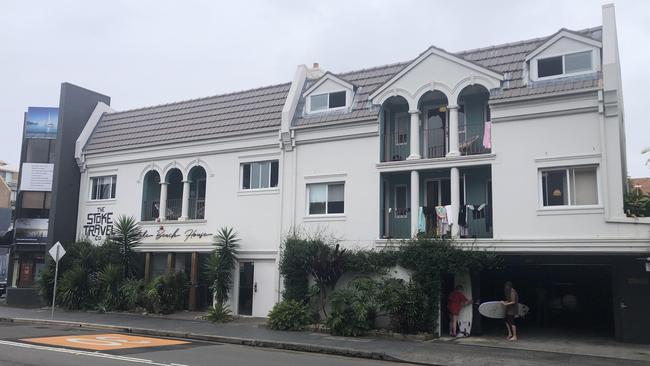Stoke Beach House: Popular Manly backpacker hostel to be replaced with ‘high end’ flats
A decision has been made on a bid to transform a popular Sydney beachside backpacker hostel into “high end” flats. See what the court ordered

Manly
Don't miss out on the headlines from Manly. Followed categories will be added to My News.
Plans to transform a historic northern beaches building, now used as a popular backpacker’s hostel, into “high-end” apartments, have been given the go-ahead.
Owners of the Stoke Beach House budget accommodation in Manly, have won an appeal in the NSW Land and Environment Court after local planning authorities knocked back the proposal.
But they had to amend the original $8.5 million development application that was lodged with Northern Beaches Council, to redevelop the Raglan St site, into a four-storey “shop-top” unit block.
In documents lodged with the DA, Carlisle Architects, described the proposed 10 apartments to be built on the property, part of which used to be an ambulance station for 50 years, as “high end”.
The original DA proposed to demolish of all the structures on the site, including the “inter-war Mediterranean” building now housing the 130-bed hostel. The building includes a distinctive facade with arches around doors and balconies.

But, based on recommendations from council officers and its design panel, the Northern Beaches Local Planning Panel refused the DA.
The panel cited concerns including excessive height, density and the removal of an important local heritage item — the old ambulance station which operated from 1936-86.
It became the Manly Backpackers hostel in 1989 and ended up as the Stoke Beach House in mid-2018.
In January 2021, the hostel was forced to close down for a lengthy period due to Covid restrictions. Owner Lachlan Paramor said at the time that his accommodation made up a third of the low cost tourism beds in Manly.

The panel was advised that the proposed building, which would include a convenience store on the found floor and an underground car park, exceeded local height limits.
It was described as an “overdevelopment of the site” by the council’s Design and Sustainability Advisory Panel.
Concerns were also raised by neighbouring residents about privacy and noise.
Nearby St Mary’s Catholic Primary School had issues with extra traffic generated by the redevelopment.

In a decision on the appeal by the owners, court Commissioner Susan O’Neill ruled that development consent be granted for an amended DA after agreement was reached between the owner and the council after a conciliation conference, chaired by Ms O’Neill, on February 1.
She stated, in her written judgment, that she accepted the conclusion of a heritage assessment consultant that the “demolition of the existing building will not have a detrimental impact on the identified heritage significance of the heritage conservation area”.





